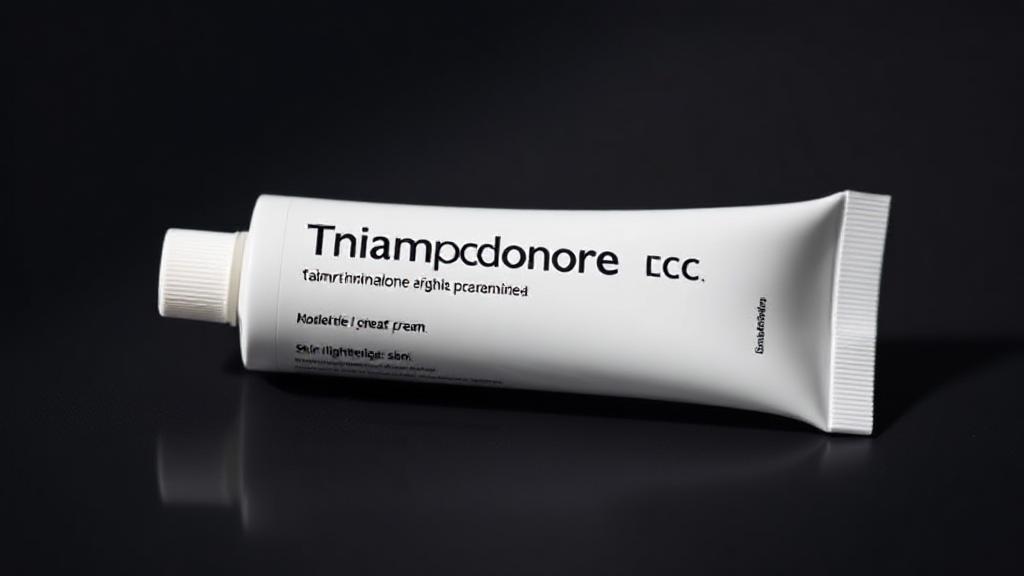Understanding Triamcinolone Acetonide Cream
Triamcinolone acetonide cream is a topical corticosteroid primarily used to treat various skin conditions, including eczema, psoriasis, dermatitis, and allergic reactions. It works by reducing inflammation, itching, and redness through suppressing the immune response in the skin.
How It Affects Skin Pigmentation
When applied to the skin, triamcinolone acetonide can cause local depigmentation through several mechanisms:
- Suppression of melanocyte activity
- Reduction of melanin production
- Thinning of the skin (atrophy)
While some skin lightening may occur, triamcinolone is not designed as a skin-lightening agent. Any lightening effect is typically temporary and occurs as a side effect of reducing inflammation.
Risks and Side Effects
"The misuse of topical corticosteroids can lead to serious complications that may be worse than the original condition being treated." - American Academy of Dermatology
Using triamcinolone acetonide cream inappropriately can lead to several side effects:
- Skin thinning: Prolonged use can cause the skin to become thin and fragile
- Increased sensitivity: The skin may become more sensitive to sunlight and irritants
- Stretch marks: Permanent marks may develop
- Acne and rosacea: Skin conditions may worsen
- Increased facial hair
- Skin infections
- Discoloration: Changes in skin color may be unpredictable
Safer Alternatives for Skin Lightening
Instead of using triamcinolone for skin lightening, consider these dermatologist-recommended options:
Over-the-Counter Options
- Kojic acid
- Vitamin C serums
- Niacinamide
- Alpha arbutin
- Hydroquinone (where regulated)
Professional Treatments
- Chemical peels
- Laser therapy
- Microdermabrasion
- Retinoids
Proper Medical Usage
When prescribed by a healthcare provider, triamcinolone should be used:
- Only for the prescribed duration
- On specifically affected areas
- In the exact amount prescribed
- With regular medical monitoring
Long-Term Considerations
The quest for lighter skin should always prioritize skin health over quick results:
- Sun protection is crucial during any skin lightening treatment
- Results take time with safe methods
- Maintaining results requires consistent care
- Natural skin tone variations should be embraced
For more information about safe skin lightening options and skin care treatments, visit the American Academy of Dermatology or Mayo Clinic websites, or consult with a board-certified dermatologist.
